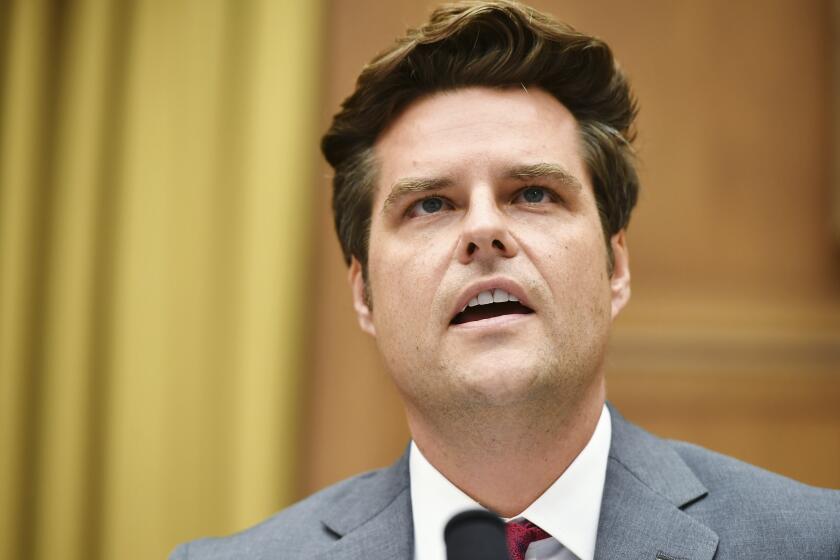L.A.’s marijuana dispensaries by type
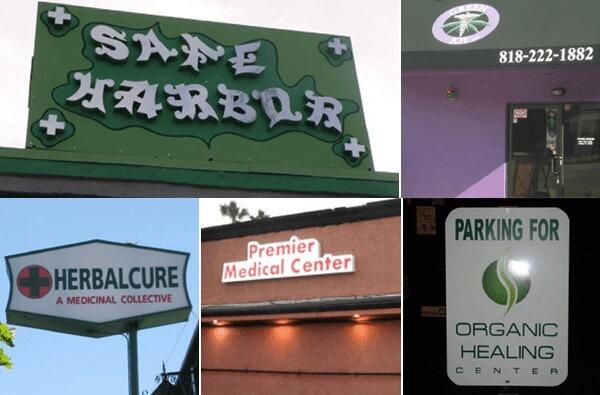
Geographer Peirce Lewis once called the vernacular landscape our “unwitting autobiography.” That got me thinking about one aspect of Southern California’s vernacular landscape: the medical marijuana dispensaries that have proliferated in recent years.
Over the last several years, my students at Cal State Northridge and I have built a large photographic database of medical marijuana dispensaries. We documented the buildings and their signs and parking lots. Then, working from a list of licensed medical marijuana dispensaries compiled by The Times, we performed a content analysis of trends and patterns among dispensaries.
In the end, we identified four main dispensary types: ones that project the image of mainstream medical providers; ones that project a holistic “granola” vibe; ones that look like bunkers and appear to want to go unnoticed; and ones that make a clear appeal to “stoners,” casting themselves as dispensing recreation rather than medicine.
You can see them for yourself in this collection of photos from our database taken between 2009 and now, with most of the photos snapped in spring 2010. They capture a moment in time when there was a proliferation of dispensaries.
--Steven M. Graves
Dr. Steven M. Graves is a professor at Cal State Northridge in the Department of Geography. He is also president of the California Geographical Society. (Steven M. Graves / For The Times)
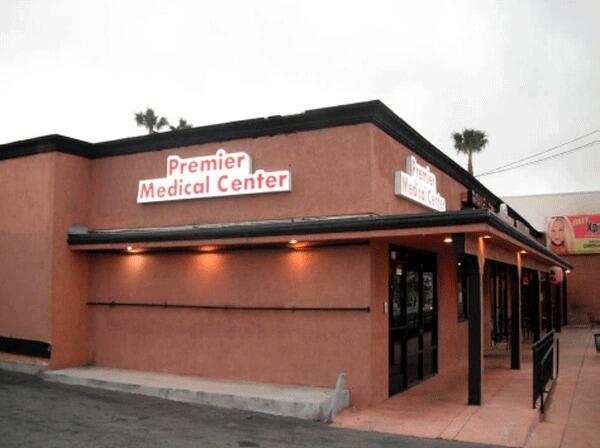
About 30% of the medical marijuana dispensaries we photographed could pass for mainstream medical facilities. The corporate-style dispensary pictured above, which closed in January, might have been mistaken for a dentist’s office or an urgent-care facility. This kind of look is particularly popular in middle-class neighborhoods, where potential opposition to marijuana distribution might be expected. (Steven M. Graves / For The Times)
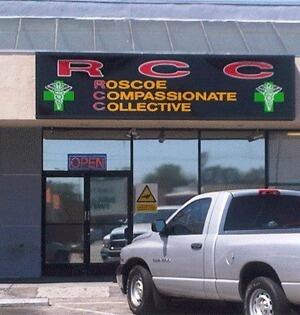
A significant number of dispensaries within the “corporate clinic” category fall under the subcategory “compassionate care.” This is perhaps to quell opposition by reminding the public of the suffering of the clients for which these dispensaries were established. Compassionate clinics accounted for about 17% of all dispensaries we tracked and were well distributed across Los Angeles. Roscoe Compassionate Collective is no longer in business. (Steven M. Graves / For The Times)
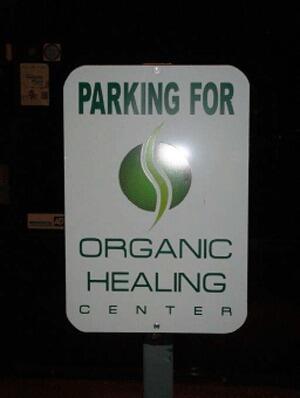
About 30% of dispensaries were categorized as “granola” clinics because they featured signs and symbols of alternative, holistic, natural healthcare facilities. “Granola” clinics are particularly popular on L.A.’s Westside. This type of dispensary has a clean, hygienic look that evokes the marketing imagery used by start-up biotech companies. Many passersby would be unaware that this indeed is a dispensary. The parking sign, photographed when Organic Healing Center was located in Eagle Rock, would help situate this dispensary in the “eco-care” subcategory (7% of total) because it appeals to both organic and compassionate care. (Steven M. Graves / For The Times)
Advertisement
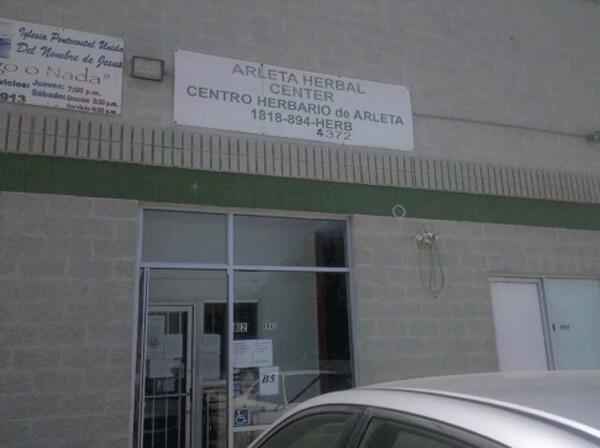
The “eco-clinic” dispensary features imagery evocative of health food stores or alternative healing clinics. Eco-clinics, like this one, are less common in immigrant neighborhoods such as Arleta. Still, this type of dispensary can be virtually indistinguishable from the numerous clinics and immigrant-style supplement stores that dot parts of L.A. Arleta Herbal Center is no longer in business. (Steven M. Graves / For The Times)
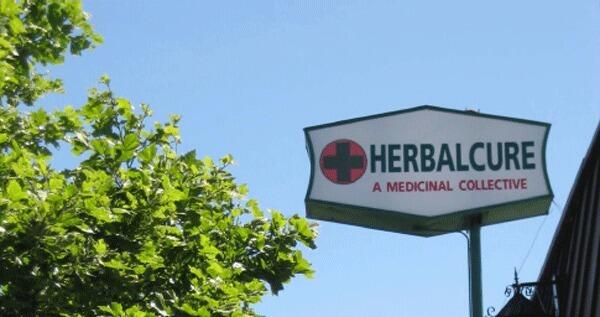
This “granola” dispensary could pass as a franchised herbal medicine shop that sells all-natural, alternative herbal supplements. The word “collective” is the only indication from the outside that this is indeed a medical marijuana dispensary. (Steven M. Graves / For The Times)
![About 15% of the dispensaries we tracked were labeled "bunker" dispensaries because they blend in with the background and would be easy not to notice. [Editor's note: We were unable to verify whether this dispensary is still in business.]](https://ca-times.brightspotcdn.com/dims4/default/c19d470/2147483647/strip/true/crop/600x445+0+0/resize/600x445!/quality/75/?url=https%3A%2F%2Fcalifornia-times-brightspot.s3.amazonaws.com%2F75%2Fd7%2Ff7f127334a4a75e5faabeea92732%2Fla-opinionla-marijuana-dispensaries-by-type-pg-007)
About 15% of the dispensaries we tracked were labeled “bunker” dispensaries because they blend in with the background and would be easy not to notice. [Editor’s note: We were unable to verify whether this dispensary is still in business.] (Steven M. Graves / For The Times)
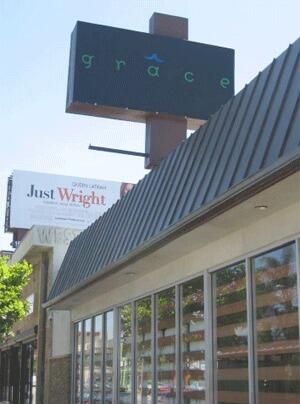
Some “bunker” dispensaries hide in plain sight. This collective could easily be mistaken for a furniture store or clothier. If it were not for the small green neon cross in another window, one might not notice this dispensary among the other businesses on Pico Boulevard. (Steven M. Graves / For The Times)
Advertisement
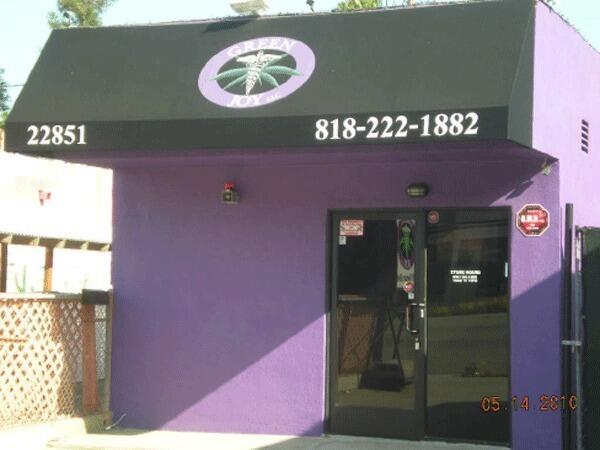
Roughly 23% of dispensaries we researched used recreational imagery or terminology, suggesting that marijuana is more than a medicine -- it’s also fun. These dispensaries sometimes look as if they’ve stepped out of the 1960s, with bright colors and psychedelic patterns. Some of the “stoner recreation” dispensaries also included “in crowd” slang terms on their signs (bud, 420, THC), which could alienate patients unaware of the lingo. (Steven M. Graves / For The Times)
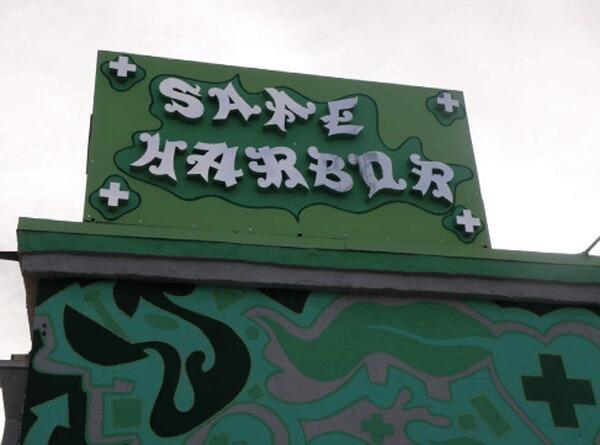
The above facility combines imagery of pain relief with psychedelic artwork, suggesting marijuana’s storied past. (Steven M. Graves / For The Times)




